Sustainable urban communities have emerged as a vital response to the growing challenges of our rapidly urbanizing world. As populations swell and resource constraints tighten, the need for innovative solutions that balance human progress with environmental stewardship becomes increasingly urgent. A sustainable urban community represents more than just a collection of eco-friendly practices; it embodies a holistic approach to living that prioritizes the well-being of both people and the planet.
Key Takeaways
- Green Spaces and Biodiversity: Enhances air quality and supports local wildlife with green spaces and infrastructure.
- Renewable Energy Sources: Reduces reliance on fossil fuels and lowers carbon emissions.
- Walkable Neighborhoods: Promotes active lifestyles and reduces vehicle emissions.
- Efficient Public Transportation: Reduces traffic and connects residents to essential services.
- Mixed-Use Housing: Creates vibrant environments and reduces commuting needs.
- Local Businesses and Economies: Strengthens community ties and supports local job creation.
- Waste Reduction and Recycling: Implements zero-waste systems and advanced waste management.
- Water Conservation and Management: Uses sustainable methods to manage water resources.
- Community Engagement: Fosters participation and builds community responsibility.
- Adaptability and Resilience: Ensures infrastructure durability against climate changes.
- Circular Economy Practices: Maximizes resource efficiency and reduces waste.
- Smart City Technologies: Enhances resource optimization and urban planning.
- Equity and Inclusivity: Provides equal access to resources and addresses housing needs.
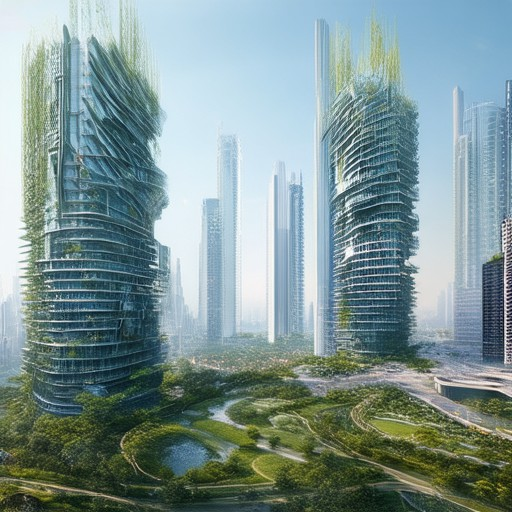
What Makes a Sustainable Urban Community Unique?
A sustainable urban community is characterized by a unique blend of innovative solutions, community engagement, resource efficiency, and a strong commitment to environmental stewardship. Here’s a breakdown of the key factors that set these communities apart:
- Resource Efficiency : Sustainable urban communities excel in managing water, energy, and waste. They often implement systems like rainwater harvesting, solar panels, and energy-efficient buildings to minimize their ecological footprint.
- Green Infrastructure : These communities prioritize green spaces, such as parks, rooftop gardens, and tree-lined streets. Green infrastructure not only enhances aesthetics but also improves air quality, reduces urban heat islands, and supports biodiversity.
- Community Engagement : Active participation of residents is a hallmark of sustainable urban communities. Local initiatives, such as neighborhood cleanups, cooperative businesses, and volunteer organizations, foster a sense of ownership and responsibility among citizens.
- Economic Resilience : Sustainable economies focus on local businesses, fair trade, and circular economy practices. This ensures long-term viability and reduces reliance on non-local corporations, strengthening community networks.
- Technological Innovation : Integration of smart technologies, such as data analytics for resource management and advanced waste-to-energy systems like pyrolysis, drives efficiency and sustainability.
- Educational Leadership : Universities and research institutions often play a pivotal role in developing sustainable technologies and promoting awareness, ensuring the community remains informed and committed to sustainability.
- Cultural and Social Cohesion : Sustainable communities celebrate local culture, foster inclusivity, and build strong social bonds. This cultural foundation supports the sustained effort required for environmental goals.
By combining these elements, sustainable urban communities create a vibrant, eco-conscious environment that stands out as a model for others to follow.
Key Features of a Sustainable Urban Community
A sustainable urban community integrates ecological, economic, and social considerations to create a resilient and livable environment. Here are the primary features:
- Green Spaces and Biodiversity :
- Inclusive green spaces like parks, community gardens, and green roofs promote biodiversity and improve air quality.
- These areas provide habitats for local flora and fauna, fostering ecosystem balance.
- Renewable Energy Infrastructure :
- Implementation of solar panels, wind turbines, and geothermal systems reduces reliance on non-renewable energy sources.
- These technologies generate clean energy, lowering carbon footprints and utility costs.
- Efficient Public Transportation Systems :
- Development of integrated transit networks, including buses, trains, and bike-sharing programs, reduces vehicle emissions.
- These systems encourage sustainable commuting habits and reduce traffic congestion.
- Eco-Friendly Housing :
- Construction of energy-efficient buildings with LEED certification ensures reduced energy consumption and lower utility bills.
- Housing complexes may include shared amenities like communal gardens and renewable energy sources.
- Sustainable Waste Management Systems :
- Adoption of composting programs and advanced recycling facilities minimizes waste sent to landfills.
- These systems promote circular economy principles, reducing environmental degradation.
- Water Conservation Initiatives :
- Installation of rainwater harvesting systems and greywater recycling projects conserves precious resources.
- These measures help mitigate droughts and reduce water usage in households and businesses.
- Community Engagement and Local Economy Support :
- Promotion of local markets and artisanal goods fosters economic resilience and reduces transportation emissions.
- These markets often feature organic and fair-trade products, supporting small-scale producers.
- Energy-Efficient Appliances and Building Design :
- Use of ENERGY STAR-rated appliances and building designs that maximize natural light and ventilation reduce energy demands.
- These practices contribute to lower overall consumption and improved indoor air quality.
- Smart Technology Integration :
- Implementation of IoT-enabled systems for resource monitoring and management optimizes energy and water usage.
- These technologies enable real-time adjustments to reduce waste and enhance efficiency.
By incorporating these features, sustainable urban communities create healthier environments, promote economic vitality, and safeguard natural resources for future generations.
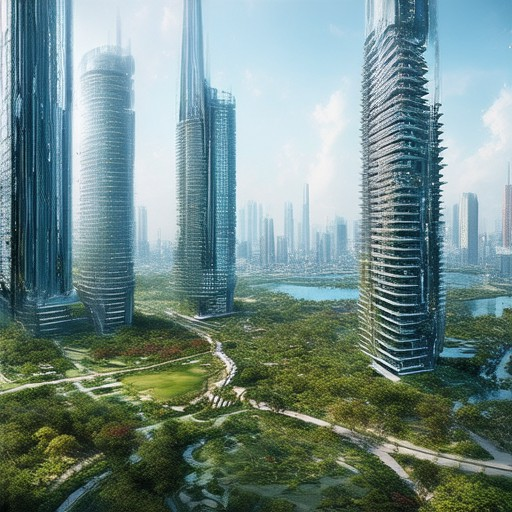
Sustainable Urban Communities and Their Contributions
Sustainable urban communities play a pivotal role in fostering both environmental and social well-being. By prioritizing eco-friendly practices and community engagement, these neighborhoods create a harmonious balance between urban development and nature.
Environmental Benefits
- Reduced Carbon Footprint: Sustainable communities often adopt green building practices and renewable energy sources, lowering their ecological footprint.
- Waste Reduction: Implementing recycling programs and composting initiatives helps minimize landfill waste and promotes resource efficiency.
- Biodiversity Conservation: Green roofs, parks, and wildlife corridors support local ecosystems, enhancing biodiversity and air quality.
- Water Efficiency: Smart irrigation systems and rainwater harvesting techniques conserve water resources, reducing strain on municipal supplies.
Social Well-being
- Community Engagement: Sustainable initiatives like farmers’ markets and clean-up drives foster a sense of belonging and civic responsibility.
- Improved Public Health: Access to green spaces and safer streets contributes to physical and mental health, reducing stress and chronic diseases.
- Economic Empowerment: Sustainable businesses and job creation opportunities empower locals, promoting social equity and economic resilience.
- Stronger Relationships: Shared goals and collaborative efforts among residents strengthen community bonds and social cohesion.
Examples of Success
Cities like Portland, Oregon, and Copenhagen exemplify how sustainable urban planning can transform communities. These cities have implemented policies promoting renewable energy, green infrastructure, and inclusive growth, demonstrating the tangible benefits of sustainable practices.
Pyrolysium’s Role
At Pyrolysium, we advocate for innovative solutions like pyrolysis technology to convert organic waste into biochar, a versatile resource that supports sustainable agriculture and carbon sequestration. Our mission aligns with the principles of sustainable urban communities, emphasizing the importance of circular economy practices and community-driven initiatives.
By embracing sustainable urban living, we can create healthier environments, strengthen social ties, and protect our planet for future generations. Join us in exploring ways to integrate sustainable practices into our daily lives and communities.
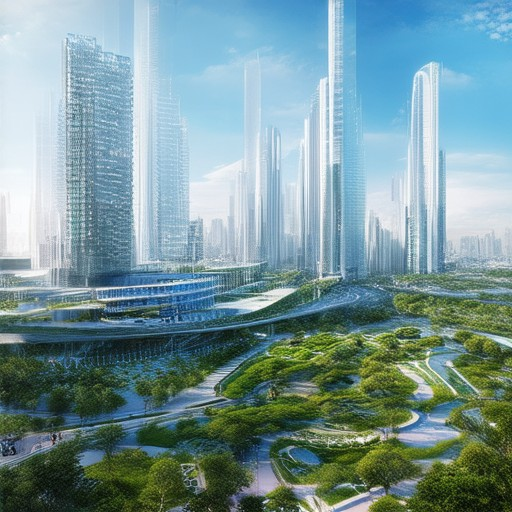
What Defines a Sustainable Urban Community?
A sustainable urban community is a harmonious blend of ecological, social, and economic systems designed to thrive indefinitely. These communities prioritize environmental health, economic vitality, and social equity while minimizing their ecological footprint.
Key Characteristics of Sustainable Urban Communities
- Green Spaces and Biodiversity
- Incorporates parks, gardens, and green infrastructure like roofs and walls to support local flora and fauna.
- Creates habitats for wildlife while providing residents with access to nature.
- Renewable Energy Sources
- Utilizes solar panels, wind turbines, and geothermal energy to power buildings and communities.
- Reduces reliance on fossil fuels and lowers carbon emissions.
- Walkable Neighborhoods
- Designs streets and public spaces to encourage walking, cycling, and public transit use.
- Reduces vehicle emissions and promotes healthier lifestyles.
- Efficient Public Transportation
- Develops robust public transit systems, including buses, trains, and bike-sharing programs.
- Connects residents to jobs, schools, and services while reducing traffic congestion.
- Mixed-Use Housing
- Combines residential, commercial, and recreational spaces to create vibrant, pedestrian-friendly environments.
- Reduces commuting needs and supports local businesses.
- Local Businesses and Economies
- Fosters small-scale, independent businesses to strengthen community ties and local economies.
- Promotes job creation and cultural preservation.
- Waste Reduction and Recycling
- Implements zero-waste systems and composting programs.
- Ensures proper recycling and disposal methods to minimize landfill use.
- Water Conservation and Management
- Uses rainwater harvesting, greywater systems, and efficient irrigation.
- Manages water resources sustainably to meet future demands.
- Community Engagement
- Encourages resident participation in decision-making processes.
- Builds a sense of ownership and responsibility among community members.
- Adaptability and Resilience
- Designs infrastructure to withstand climate change impacts and natural disasters.
- Incorporates flexible systems to adapt to changing societal needs.
Benefits of Sustainable Urban Communities
- Enhances air and water quality.
- Reduces greenhouse gas emissions.
- Strengthens community bonds and social cohesion.
- Supports long-term economic stability and innovation.
By integrating these principles, sustainable urban communities create healthier, more livable environments for current and future generations. They demonstrate that urban development can coexist with nature while fostering prosperity and resilience.
What Essential Elements Make a Sustainable Urban Community Thrive?
A sustainable urban community thrives on a combination of thoughtful planning, innovation, and collaboration. Here are the key elements that drive its success:
1. Green Spaces and Biodiversity
Sustainable cities prioritize green spaces, such as parks, gardens, and green roofs, which improve air quality, reduce pollution, and support local wildlife. These areas also provide recreational opportunities and foster a stronger connection between residents and nature.
2. Efficient Public Transportation
Access to reliable and efficient public transportation reduces reliance on private vehicles, lowering carbon emissions and traffic congestion. Well-designed transit systems encourage sustainable commuting and support economic growth while promoting social equity.
3. Renewable Energy Integration
Transitioning to renewable energy sources like solar, wind, and geothermal power is crucial for reducing the city’s carbon footprint. Community-wide initiatives, such as solar farms or shared energy systems, can significantly contribute to sustainability goals.
4. Circular Economy Practices
A circular economy focuses on minimizing waste and making the most of resources. Implementing recycling programs, composting facilities, and repair networks encourages resource efficiency and reduces landfill waste, fostering a culture of sustainability.
5. Community Engagement and Social Inclusivity
Sustainable urban communities thrive when residents are actively involved in decision-making processes. Strong community bonds, cultural diversity, and inclusive policies ensure that everyone benefits from sustainability efforts, creating a resilient and harmonious environment.
6. Water Conservation and Management
Effective water conservation measures, such as rainwater harvesting, greywater recycling, and efficient irrigation, are vital. Sustainable water management ensures that cities can adapt to changing climatic conditions and resource scarcity.
7. Smart City Technologies
Integrating smart technologies, such as IoT sensors, data analytics, and sustainable building designs, enhances resource efficiency and urban planning. These technologies enable better decision-making and improve the quality of life for residents.
By integrating these elements, a sustainable urban community can achieve long-term prosperity while safeguarding the environment for future generations. To learn more about how Pyrolysium supports sustainable living through innovative solutions, visit Pyrolysium .

Essential Elements for a Thriving Sustainable Urban Community
A sustainable urban community thrives through a balanced integration of ecological, social, and economic systems. Here are the key components that make such a community function effectively:
- Green Infrastructure :
- Incorporate green spaces, such as parks, gardens, and rooftop farms, to enhance air quality and provide habitats for wildlife.
- Implement permeable surfaces and rainwater harvesting systems to manage stormwater efficiently.
- Renewable Energy Sources :
- Utilize solar panels, wind turbines, and geothermal energy to power communal buildings and households.
- Develop a local energy grid to share excess energy within the community.
- Waste Management Systems :
- Adopt zero-waste policies by implementing composting programs and recycling centers.
- Integrate advanced technologies like pyrolysis to convert organic waste into biochar, a valuable resource for soil enhancement.
- Sustainable Transportation :
- Promote public transit, bike-sharing programs, and electric vehicle charging stations.
- Create pedestrian and cyclist-friendly infrastructure to reduce reliance on private vehicles.
- Local Economic Development :
- Support small, locally-owned businesses that adhere to sustainable practices.
- Establish cooperatives and community markets to ensure fair trade and equitable access to goods and services.
- Education and Awareness :
- Provide accessible educational resources on sustainability topics, such as energy conservation, waste reduction, and eco-friendly lifestyles.
- Engage the community through workshops, events, and digital platforms to foster a culture of environmental stewardship.
- Technology Integration :
- Leverage smart city technologies to optimize resource usage and reduce environmental impact.
- Develop apps for tracking waste, energy consumption, and community initiatives.
- Equity and Inclusivity :
- Ensure that all community members, particularly underserved populations, have access to sustainable resources and opportunities.
- Address housing needs by developing eco-friendly affordable housing options.
By combining these elements, a sustainable urban community can achieve long-term resilience and prosperity while contributing positively to global environmental goals. Learn more about how Pyrolysium supports sustainable living and explore our resources on eco-friendly technologies.
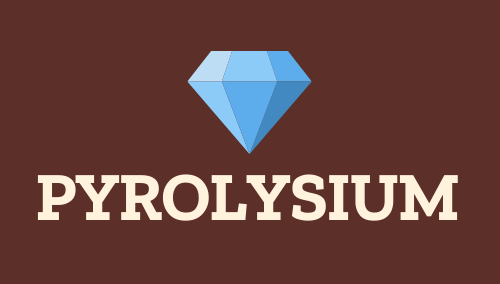

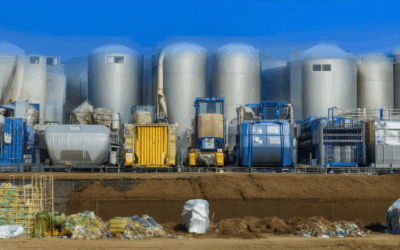
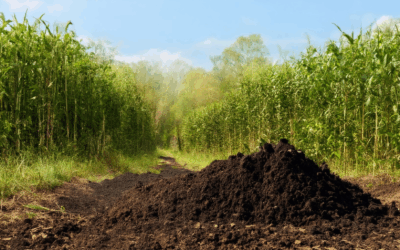
0 Comments